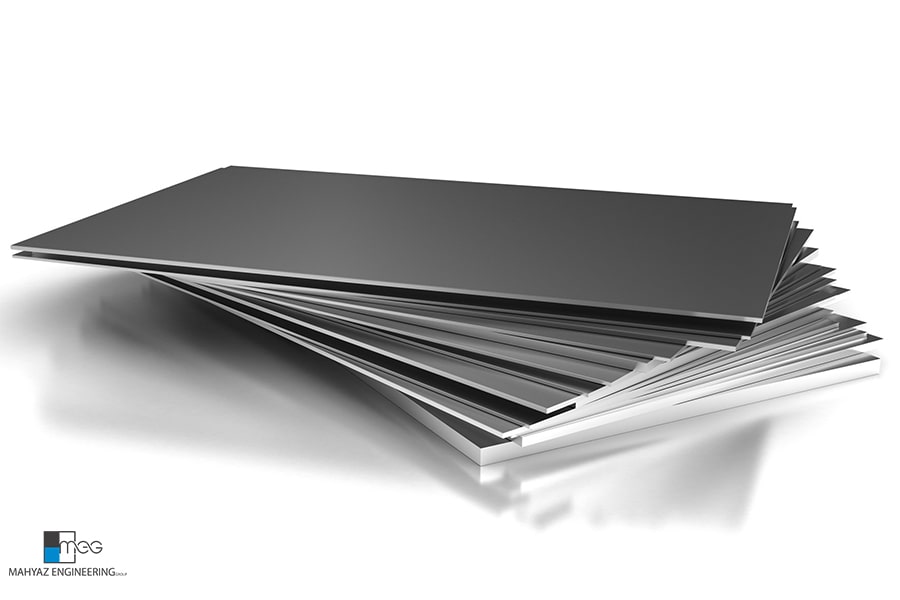Any chemical operation requires a special alloy that can resist against corrosion and be free from metal ion Pollution. Biological usage may have even more stringent requirements because in this case, a High degree of cleanliness Required for both sterile and non-sterile materials. In piping lines Especially when the product is in touch with the surface is the same. is the same. Stainless steel meets the requirements.
Stainless steel is a suitable material not only because it’s long life and easy to build but It has also an anti-corrosion and anti-pollution feature. It can easily be polished while it is very firm and hard to reach the lowest possible surface smoothness. Stainless steel can resist thermal, chemical, and sterilization operation and meanwhile easily welded.

stainless steel Types
There are about 70 standards of stainless steel and its special alloys. These steels are available in Wrought form and Cast alloy. All generally have an iron base with 12 to 30% Chromium, 0 to 22% Nickel, and very small amounts of Carbon, Columbium, Cuprum, Molybdenum, Selenium, Tantalum, Titanium. In the following, we will describe the most common stainless steel in the industry.
Wrought form Stainless steels
Martensitic
These steels will be Hardenability and magnetism with Thermal operation resistant to oxidation. Type 410 is the most obvious example of this type. These alloys contain 12 to 20 percent chromium with a Controlled amount of carbon and other additives. Their corrosion properties were lower than austenitic stainless steels and generally used in mild corrosion environments.
Ferritic
They are inherently magnetic (Due to the iron structure) but They are not hardenability by thermal operation. They contain 15 to 30% chromium And a very small amount (about 0.1%) of carbon. The high amount of chromium in these steels has improved the corrosion resistance. A common example of this category is type 430 Which is produced in units of Nitric acid.
Austenitic
Mainly used in biological processes, inherently non-magnetic, not Hardenability by Thermal operation.
And have the highest corrosion resistance among the three groups. Most types of austenitic steels are alloy steels that have less alloy feature And manganese is replaced by nickel in them (Series 200) and groups 18-8, which includes 304 and 316 types and their types.
304L and 316L types are useful materials in pharmaceutical and bioprocess industries, In this type Carbon measure, has decreased about 0.03%. Which prevents the deposition of chromium carbide. These steels do not rust and weld easily and Machining.

